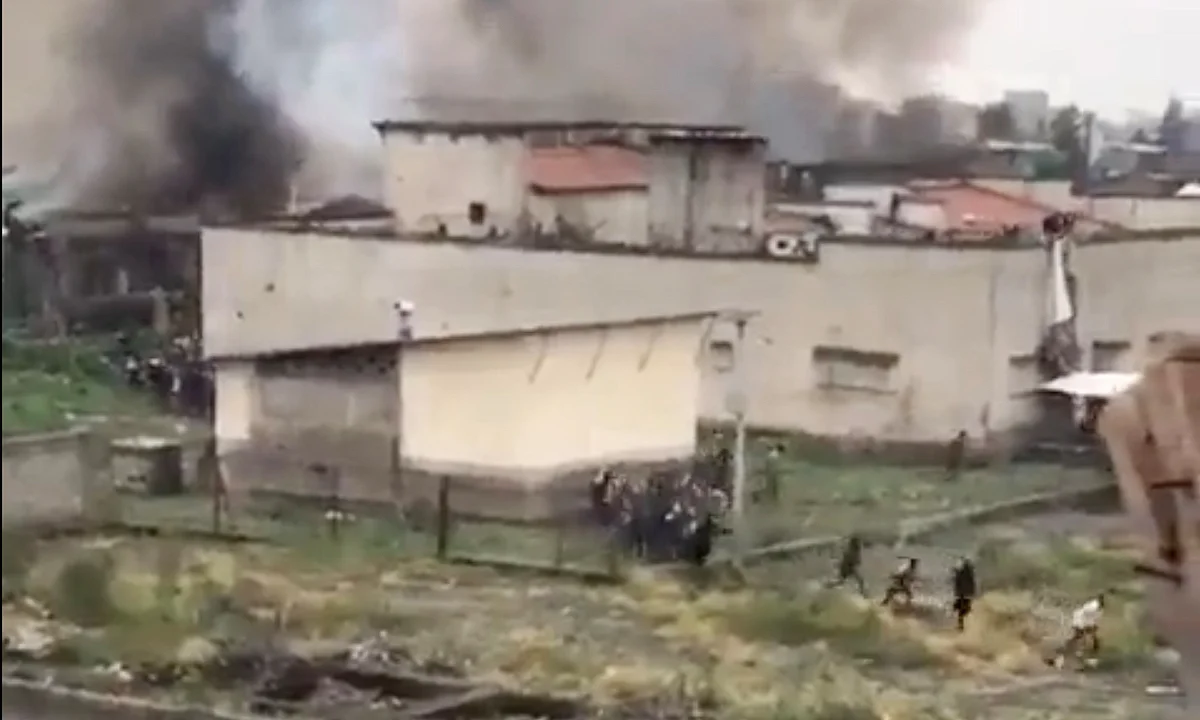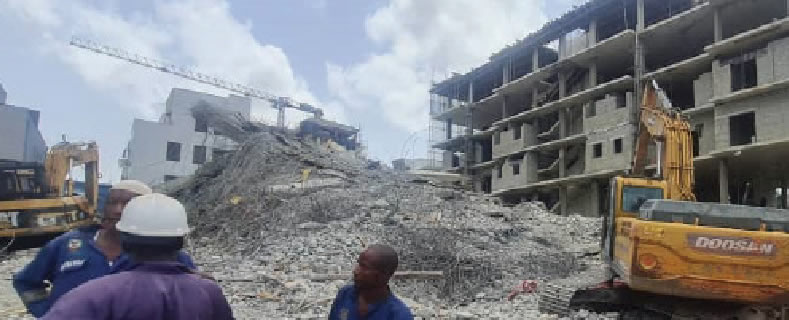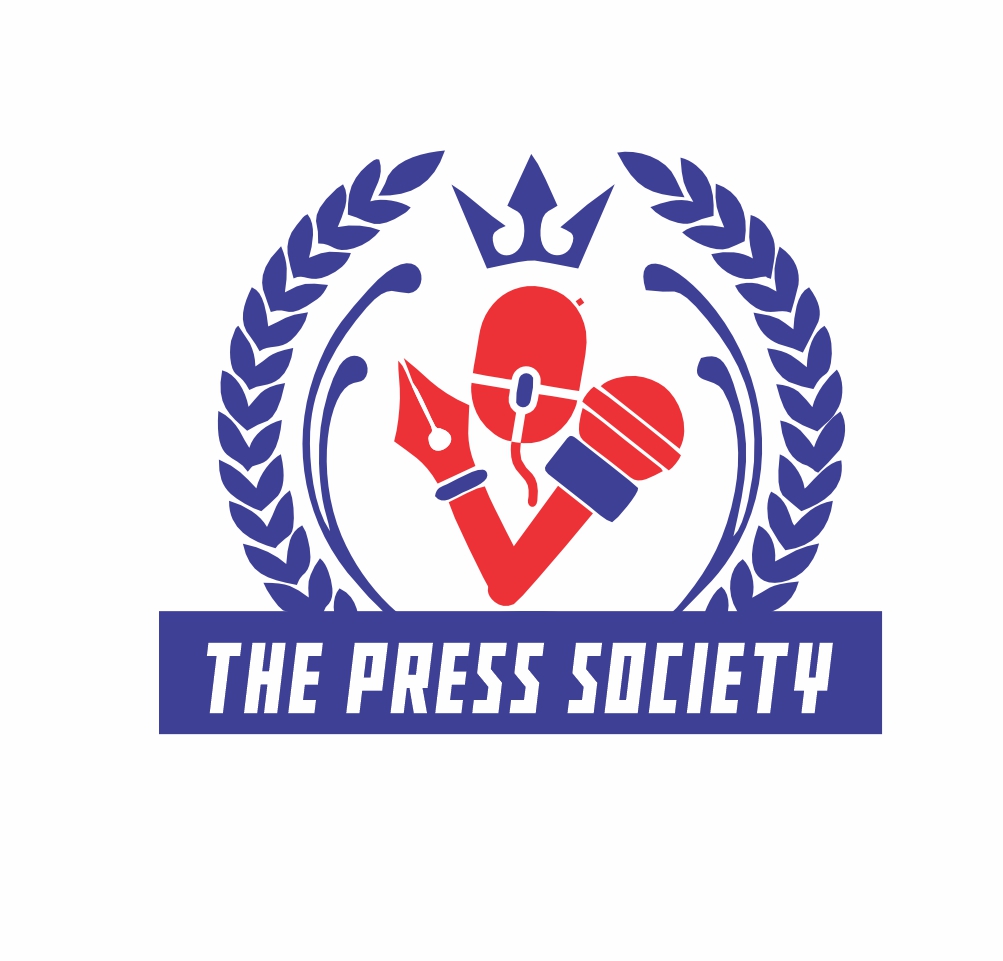 In a harrowing incident that has sent shockwaves through the international community, hundreds of female inmates in Goma, Democratic Republic of the Congo (DRC), were subjected to sexual violence and subsequently killed during a violent outbreak at Munzenze Central Prison. The atrocity occurred amid a mass jailbreak orchestrated by M23 rebels, a group reportedly backed by Rwanda, as they clashed with the Congolese army.
In a harrowing incident that has sent shockwaves through the international community, hundreds of female inmates in Goma, Democratic Republic of the Congo (DRC), were subjected to sexual violence and subsequently killed during a violent outbreak at Munzenze Central Prison. The atrocity occurred amid a mass jailbreak orchestrated by M23 rebels, a group reportedly backed by Rwanda, as they clashed with the Congolese army.
The Incident Unfolds
On January 27, 2025, M23 fighters launched an assault on Goma, leading to intense gun battles with the Congolese military. During the chaos, thousands of male prisoners escaped from Munzenze prison. However, the section housing female inmates became a scene of unspeakable horror. Reports indicate that male assailants forced their way into the women’s wing, committing widespread sexual assaults before setting the facility ablaze. The inferno claimed the lives of the violated women and their children who were detained alongside them.
Casualty Reports and Uncertainty
While initial reports suggest that at least 141 women and 28 children perished in the attack, the exact number of casualties remains uncertain. Vivian van de Perre, the deputy head of the UN peacekeeping force in Goma, expressed concerns that the death toll could be higher. She stated, “There was a major prison breakout of 4,000 escaped prisoners. A few hundred women were also in that prison… They were all raped, and then they set fire to the women’s wing. They all died afterwards.”
Access Denied and Accountability Challenges
The United Nations has faced significant challenges in assessing the full extent of the tragedy, as M23 rebels have barred peacekeepers from accessing the prison site. This restriction has impeded efforts to identify the perpetrators and provide aid to potential survivors. The lack of access has also fueled uncertainty regarding the exact sequence of events and the parties responsible for the heinous acts.
 Wider Implications and Humanitarian Concerns
Wider Implications and Humanitarian Concerns
The assault on Munzenze prison is part of a broader pattern of violence that has engulfed Goma and its surrounding regions. The UN Office of the High Commissioner for Human Rights (OHCHR) has raised alarms about the use of sexual violence as a weapon of war by various armed groups in the area. The city of Goma, home to approximately one million residents, has fallen under the control of M23 fighters, exacerbating the humanitarian crisis.
In the aftermath of the attack, reports have emerged of mass casualties awaiting burial, with local estimates suggesting that over 2,000 individuals have been killed during the recent unrest. The M23 rebel group has declared a ceasefire for “humanitarian reasons,” stating that they do not intend to seize additional territory and emphasizing their commitment to protecting civilians.
International Outcry and Calls for Action
The international community has responded with outrage and condemnation. Human rights organizations and global leaders have called for immediate investigations into the atrocities committed in Goma. There is a growing demand for accountability and justice for the victims, as well as increased support for the Congolese government in addressing the security challenges posed by rebel factions.
Social Media Reactions
The horrific events in Goma have sparked widespread discussions across social media platforms:
- Facebook: Users have shared news articles and personal reflections, expressing solidarity with the victims and calling for international intervention. Advocacy groups have organized virtual vigils and fundraising campaigns to support survivors and their families.
- Instagram: Visual tributes, including artwork and photographs, have been posted to honor the memory of the victims. Influencers and activists are using their platforms to raise awareness about the crisis and mobilize support for humanitarian efforts.
- X (formerly Twitter): The hashtags #GomaMassacre, #JusticeForGoma, and #StopM23 have trended, with users demanding accountability and sharing real-time updates on the situation. Policy analysts and journalists are engaging in discussions about the geopolitical implications of the conflict and the role of international actors.
- LinkedIn: Professionals in the fields of human rights, international law, and humanitarian aid are sharing analyses and calls to action. Organizations are posting about their efforts to provide assistance and are seeking collaborations to address the crisis.
The tragedy at Munzenze Central Prison stands as a stark reminder of the brutal realities of conflict and the profound suffering inflicted upon vulnerable populations. As the world grapples with the aftermath of this atrocity, there is an urgent need for comprehensive investigations, accountability for perpetrators, and robust support for the survivors and the broader Congolese community. The international community must come together to address the root causes of such violence and to prevent future occurrences.





